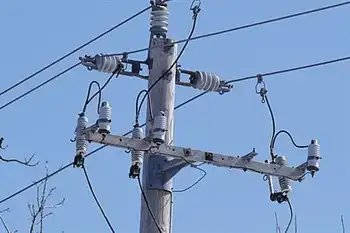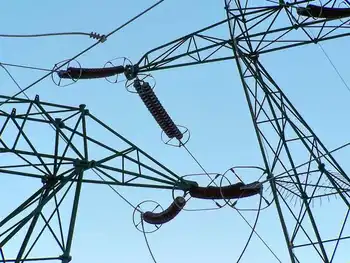Ex-Hydro boss tops salary list
TORONTO, ONTARIO - Andre Marin earned $192,565 last year as OntarioÂ’s ombudsman, just under half as much as the man who until recently was in charge of his latest target, the Ontario Lottery and Gaming Corp.
Lottery chief executive Duncan Brown, who stepped down from his post in advance of MarinÂ’s scathing report into lottery troubles this week, made $364,825 in 2006.
The figures were among thousands released in the annual “sunshine list,” officially known as the Public Sector Salary Disclosure Act. It was passed by the Mike Harris government in 1996 to reveal the names and salaries of civil servants making more than $100,000 a year.
As usual, the highest salaries were in the electricity sector, with Ontario Power Generation chief executive officer James Hankinson earning $1.48 million plus $7,318 in taxable benefits.
Former Hydro One chief exec Tom Parkinson, who left in a hail of controversy last December, earned $1.56 million last year but his departure settlement was more than twice that.
Carl Isenburg, who heads the Municipal Property Assessment Corporation - another government agency where Marin found serious problems last year - made $270,439.
Other well-known public sector bigwigs on the list include Toronto police chief Bill Blair at $261,304, University of Toronto president Dr. David Naylor at $374,220, Royal Ontario Museum chief executive William Thorsell at $265,701, Hospital for Sick Children chief executive Mary Jo Haddad at $563,061; Ontario Human Rights Commission boss Barbara Hall at $126,786, City of Toronto city manager Shirley Hoy at $297,277, Toronto ChildrenÂ’s Aid Society executive director Carolyn Buck at $174,340 and Scott Haldane, chief executive of the YMCA of Greater Toronto, at $253,750.
Overall, nearly 34,000 Ontario civil servants and employees at Crown corporations, hospitals, municipalities, colleges and universities pulled in more than $100,000 last year.
That translates to a 24 per cent increase in the $100,000 club over 2005.
Related News

After Quakes, Puerto Rico's Electricity Is Back On For Most, But Uncertainty Remains
PUERTO RICO - Some in Puerto Rico are beginning to fear the ground will never stop shaking. The island has been pummeled by hundreds of earthquakes in recent weeks, including the recent 5.9 magnitude temblor, where there were reports of landslides in the town of Peñuelas along the southern coast, rattling residents already on edge from the massive 6.4 magnitude quake.
That was the largest to strike the island in more than a century causing hundreds of structures to crumble, forcing thousands from their homes and leaving millions without power. One person was killed and several others injured.
Utility says 99% of…




